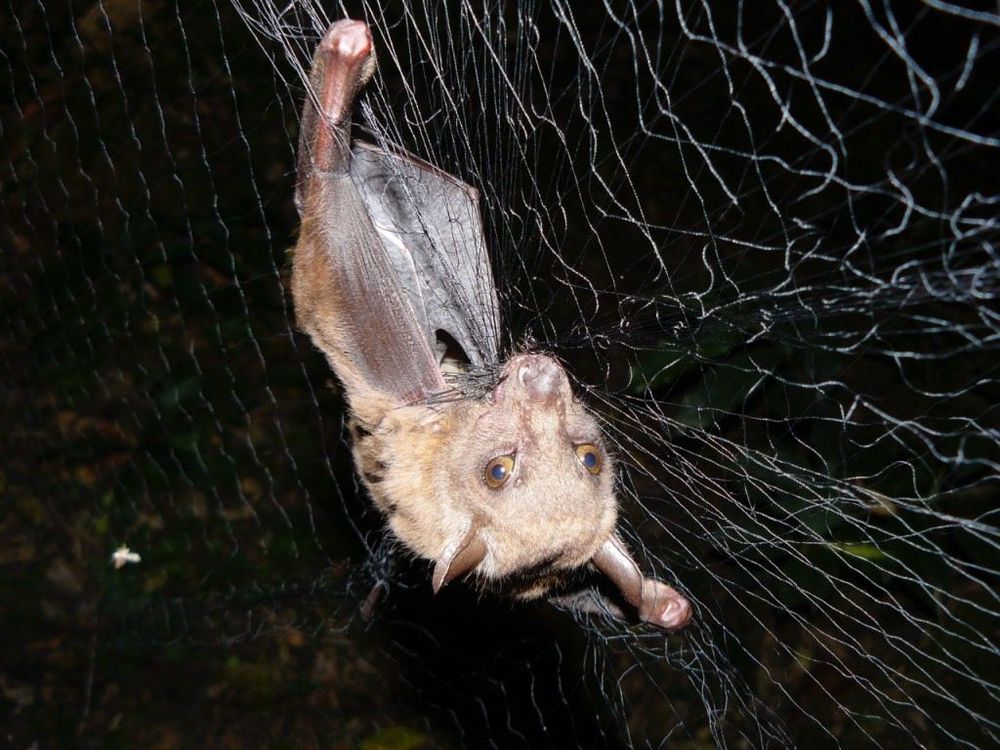
Category: health


With Wuhan virus genetic code in hand, scientists begin work on a vaccine
CHICAGO/LONDON (Reuters) — When a newly organized vaccine research group at the U.S. National Institutes of Health (NIH) met for the first time this week, its members had expected to be able to ease into their work. But their mandate is to conduct human trials for emerging health threats — and their first assignment came at shocking speed.

Pandemic simulation exercise spotlights massive preparedness gap
Circa 2019 Event 201, hosted by the Johns Hopkins Center for Health Security, envisions a fast-spreading coronavirus with a devastating impact.
Back in 2001, it was a smallpox outbreak, set off by terrorists in U.S. shopping malls. This fall, it was a SARS-like virus, germinating quietly among pig farms in Brazil before spreading to every country in the world. With each fictional pandemic Johns Hopkins experts have designed, the takeaway lesson is the same: We are nowhere near prepared.
Event 201 simulation hosted by university’s Center for Health Security envisions a fast-spreading coronavirus with a devastating impact.


Probiotics: What they are and how you might benefit from them
Probiotics are live microorganisms, usually bacteria, that can be consumed to offer health benefits.
The ability of certain microbes to confer health benefits on their host was recognized more than 100 years ago. In 1904, Elie Metchnikoff, a scientist at the Pasteur Institute, claimed that Bulgarian peasants lived longer by eating yogurt made from bacteria that served to ferment the milk. Parisians rushed out to buy yogurt in response.
However, the huge variety of bacteria living on the planet was not appreciated back then. More recently, the development of technology that identifies organisms from their DNA has allowed scientists to show that plants, animals, insects and humans can be hosts for many different types of microorganisms.

Study reveals interplay of an African bat, a parasite and a virus
To better understand the dynamics of bats and potential threats to human health, Goldberg and his colleagues explored the relationship of an African forest bat, a novel virus and a parasite. Their work, described in a report published July 13 in Nature Scientific Reports, identifies all three players as potentially new species, at least at the molecular level as determined by their genetic sequences.
Many viral pathogens often have more than one or two hosts or intermediate hosts needed to complete their life cycles. The role of bat parasites in maintaining chains of viral infection is little studied, and the new Wisconsin study serves up some intriguing insights into how viruses co-opt parasites to help do the dirty work of disease transmission.
The parasite in the current study is an eyeless, wingless fly, technically an ectoparasite. It depends on the bat to be both its eyes and wings. And it plays host to a virus, as the current study shows. For the virus, the fly plays the role of chauffeur. “From a virus’s perspective, an ectoparasite is like Uber. It’s a great way to get around — from animal to animal — at minimal expense and effort,” Goldberg explains.

Global patterns in coronavirus diversity
Study reveals interplay of an African bat, a parasite and a virus
Since the emergence of Severe Acute Respiratory Syndrome Coronavirus (SARS-CoV) and Middle East Respiratory Syndrom Coronavirus (MERS-CoV) it has become increasingly clear that bats are important reservoirs of CoVs. Despite this, only 6% of all CoV sequences in GenBank are from bats. The remaining 94% largely consist of known pathogens of public health or agricultural significance, indicating that current research effort is heavily biased towards describing known diseases rather than the ‘pre-emergent’ diversity in bats. Our study addresses this critical gap, and focuses on resource poor countries where the risk of zoonotic emergence is believed to be highest. We surveyed the diversity of CoVs in multiple host taxa from twenty countries to explore the factors driving viral diversity at a global scale. We identified sequences representing 100 discrete phylogenetic clusters, ninety-one of which were found in bats, and used ecological and epidemiologic analyses to show that patterns of CoV diversity correlate with those of bat diversity. This cements bats as the major evolutionary reservoirs and ecological drivers of CoV diversity. Co-phylogenetic reconciliation analysis was also used to show that host switching has contributed to CoV evolution, and a preliminary analysis suggests that regional variation exists in the dynamics of this process. Overall our study represents a model for exploring global viral diversity and advances our fundamental understanding of CoV biodiversity and the potential risk factors associated with zoonotic emergence.

Calling an Illness “Psychosomatic” Doesn’t Mean It’s Imaginary
Placebo effects, exercise highs, getting sick when you’re stressed out—the popular press and the scientific literature alike are replete with examples of how the mind or mental processes influence our health and well-being. This “mind-body connection” is essential for normal organ function and also is viewed as the basis for psychosomatic disorders. Yet the concept that our thoughts can influence the function of a variety of organ systems is often viewed with some skepticism,…
Recent experiments have begun mapping the neuronal connections between mind and body like never before.

CDC confirms first US case of coronavirus that has killed 9 in China
Public health officials have confirmed the first U.S. case of a mysterious coronavirus that has sickened hundreds of people in China, the Centers for Disease Control and Prevention said Tuesday.
A Snohomish County, Washington State resident who was returning from China on Jan. 15 was diagnosed with the Wuhan coronavirus, according to the CDC.
Officials said the patient, a male in his 30s, is “very healthy.” He is currently being isolated at a medical center in the state “out of caution” and “poses little risk” to the public, they said. The CDC said the man reached out to local health authorities last week once he started experiencing pneumonia-like symptoms.

Why Gene Editors Like CRISPR/Cas May Be a Game-Changer for Neuroweapons
This year marks the Eighth Review Conference (RevCon) of the Biological Toxins and Weapons Convention (BWC). At the same time, ongoing international efforts to further and more deeply investigate the brain’s complex neuronal circuitry are creating unprecedented capabilities to both understand and control neurological processes of thought, emotion, and behavior. These advances have tremendous promise for human health, but the potential for their misuse has also been noted, with most discussions centering on research and development of agents that are addressed by existing BWC and Chemical Weapons Convention (CWC) proscriptions. In this article, we discuss the dual-use possibilities fostered by employing emergent biotechnologic techniques and tools—specifically, novel gene editors like clustered regular interspaced short palindromic repeats (CRISPR)—to produce neuroweapons. Based on our analyses, we posit the strong likelihood that development of genetically modified or created neurotropic substances will advance apace with other gene-based therapeutics, and we assert that this represents a novel—and realizable—path to creating potential neuroweapons. In light of this, we propose that it will be important to re-address current categorizations of weaponizable tools and substances, so as to better inform and generate tractable policy to enable improved surveillance and governance of novel neuroweapons.
Keywords: : CRISPR, Gene editing, Neuroweapon, Neurotherapeutic pathways, Dual-use neuroscience, Biosecurity policy.
T his year marks the Eighth Review Conference (RevCon) of the Biological Toxins and Weapons Convention (BWC), the purpose of which is to ensure that the convened parties’ directives continue to be relevant to and viable for prohibiting the development, production, and stockpiling of biological weapons in the face of newly emerging scientific advancements and biotechnologies. Apropos of issues raised at previous RevCons and elsewhere, there are growing concerns about current and future weaponization of neurobiological agents and tools (ie, “neuroweapons”1–6).